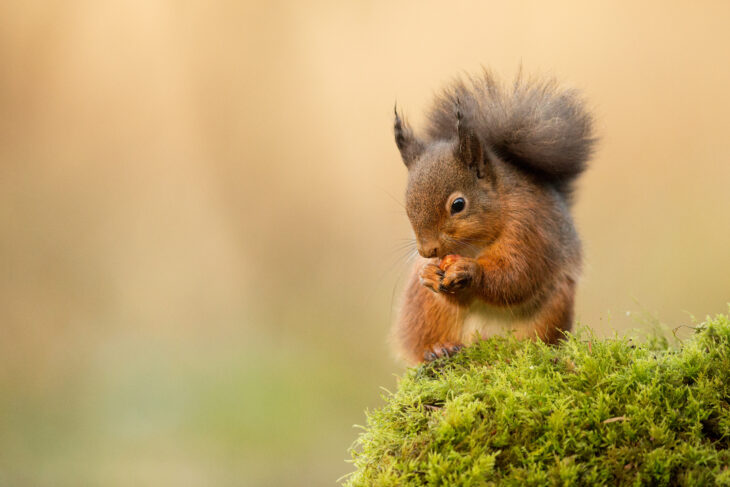Scotland’s leading conservation charity, the Scottish Wildlife Trust, has welcomed the Scottish Government’s new Biodiversity Strategy and Delivery Plans. However, they have also warned that despite some good ambitions, the Government must go further to meet its own stated targets, calling for more action and funding to support work on the ground by local government, charities and communities.
Recent collaborative work that Edinburgh University and the Scottish Wildlife Trust carried out showed that there is real urgency required in tackling the biodiversity crisis and that acting early enhances resilience, whereas failure to invest in nature now will only cost us more in the long run. Simply put: by acting now for nature, we minimise long-term costs and keep our options open for future decisions.
Jo Pike, Chief Executive of the Scottish Wildlife Trust said: “We are pleased to see the launch of the long-awaited and much-needed Scottish Biodiversity Strategy and Delivery Plans.”
“The Scottish Wildlife Trust believes that a huge effort is needed across the whole of society if we are to realistically tackle the climate and nature emergencies. Alongside the strategy, we welcome the Government’s commitment to develop statutory targets for nature’s recovery in the forthcoming Natural Environment Bill. Together, they can help us move closer to realising the ambitions of the many people who have fed into this strategy. However, this will require leadership at all levels, increased resources and a recognition that nature is vital to our economy, our wellbeing and our future.”
Bruce Wilson, Head of Policy & Advocacy at the Scottish Wildlife Trust said: “This document represents progress, and the hard work and effort that went into it must be recognised. We particularly welcome some great commitments to develop species-specific work, plans to introduce six large, landscape-scale restoration partnership projects, and specific, measurable and attainable measures to get deer numbers down to environmentally sustainable levels.”

Red squirrel © Raymond Leinster
The Scottish Government has committed to reversing declines in nature by 2030 and restoring nature by 2045. Additionally, it has already committed to protecting 30% of Scotland’s land and seas for nature by 2030; however this figure currently stands at roughly 18%. Moreover, only around 65% of currently protected sites are in favourable condition.
Bruce added: “We will continue to analyse the documents in full over the coming days, but one note of concern is that some of the commitments are recycled from previous documents, strategies and pledges. A good example of this is the long-standing commitment to implement a ban on the sale of horticultural peat, which the Scottish Government initially committed to in 2020. The pace of this change is not proportionate with an emergency situation. We also need to be realistic about the scale of the challenge facing us and ask the tough question – does this set of documents go far enough?
“The actions of the Scottish Government in the December budget and its commitment to mainstreaming nature through the Agricultural Reform Process will give us a clearer picture of what lies ahead.”
